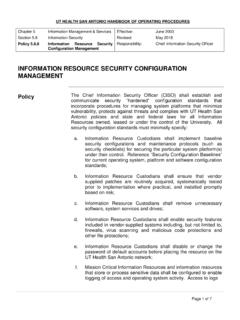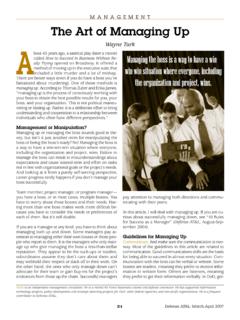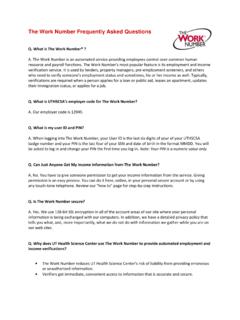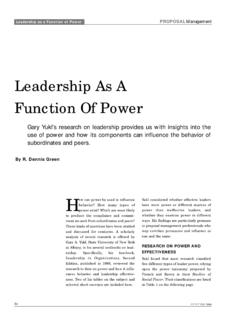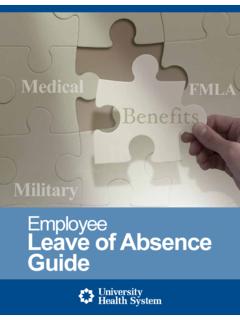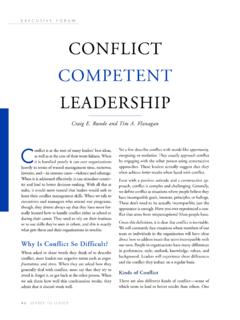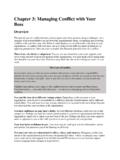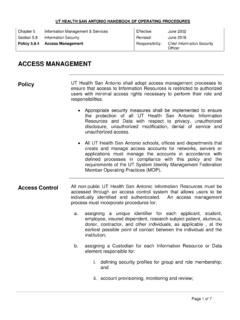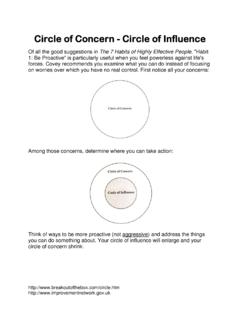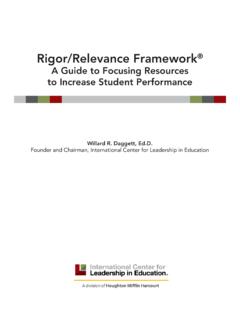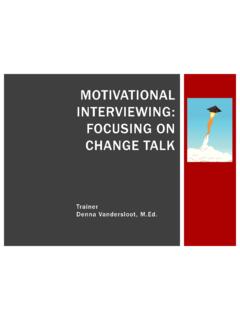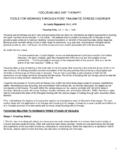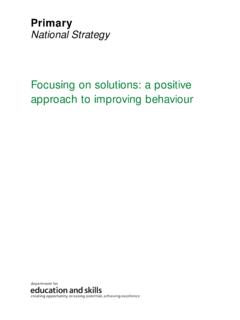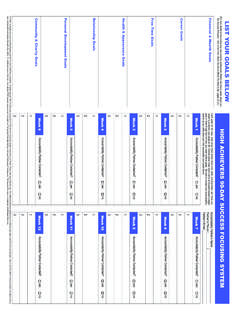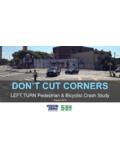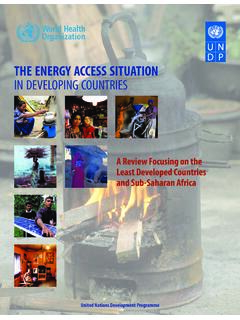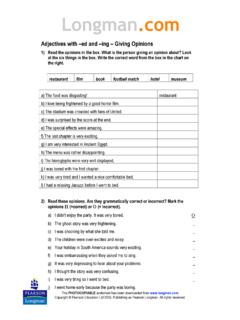Transcription of CIRCLE of CONCERN and CIRCLE of INFLUENCE
1 CIRCLE of CONCERN and CIRCLE of INFLUENCE Adapted from The Seven Habits of Highly Effective People by Stephen R. Covey, Simon & Schuster 1992. Application This technique is good for separating out lower from higher priorities, and gaining ownership for action. CIRCLE of ConcernNo CONCERN CIRCLE of ConcernNo concernCircle ofInfluenceCircle of CONCERN CIRCLE of ConcernNo concernCircle of InfluenceCircleof CONCERN A CIRCLE of CONCERN encompasses the wide range of concerns we have, such as our health, our children, problems at work, the amount of government borrowing, or the threat of war. A CIRCLE of INFLUENCE encompasses those concerns that we can do something about. They are concerns that we have some control over. Stephen Covey defines proactive as being responsible for our own behaviour is a function of our decisions, not our conditions.
2 Proactive people focus on issues within their CIRCLE of INFLUENCE . They work on things they can do something about. The nature of their energy in doing this is positive, enlarging and magnifying. They increase their CIRCLE of INFLUENCE CIRCLE of ConcernNo concernCircle ofInfluenceCircle of CONCERN How does this work? You can use Stephen Covey s concepts in the following way: Determining concerns A useful way of determining which CIRCLE people s concerns are in is by listening to the language used. You can distinguish between the use of the words have and be . Circles of CONCERN are full of have s while Circles of INFLUENCE are full of be s . The table below provides some examples. Have s (Reactive) Be s (Proactive) I ll be happy when I have a full If only I had a boss who wasn If I had respect If I could just have management If the environment was more I can be a better role I can be more organised / I can be more loving / I will be more I can seek out personnel and be able to Reactive people tend to neglect those issues that are under their control and INFLUENCE .
3 Their focus is elsewhere and their CIRCLE of INFLUENCE shrinks. 1. The presenter draws a CIRCLE on a flip chart. The presenter writes, inside the CIRCLE , all the issues of CONCERN that the group are feeling. The group contributes by probing and questioning, so that any other underlying concerns or facts related to the issue are raised. 2. The presenter draws a CIRCLE of INFLUENCE within a CIRCLE of CONCERN on a second flipchart. The presenter and the group can then transfer the issues raised into either the CIRCLE of CONCERN or into the CIRCLE of INFLUENCE . 3. The group can now explore the steps needed to behave proactively. They might use role play to explore proactive language and behaviour in terms of the issue presented. They can draw up an action plan.
4
